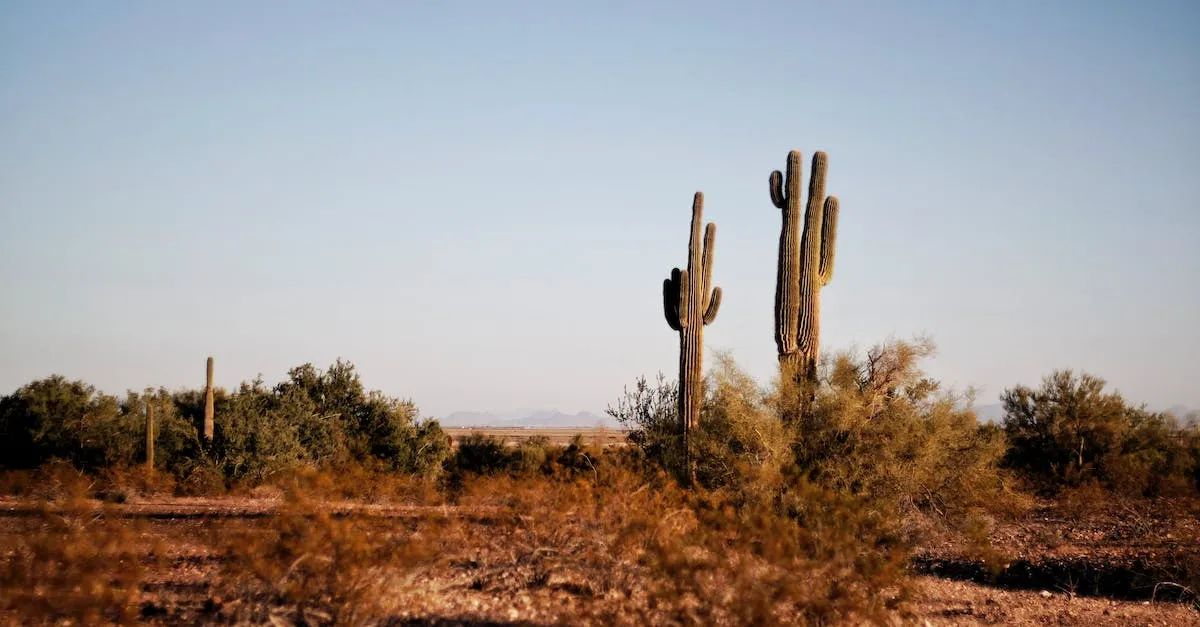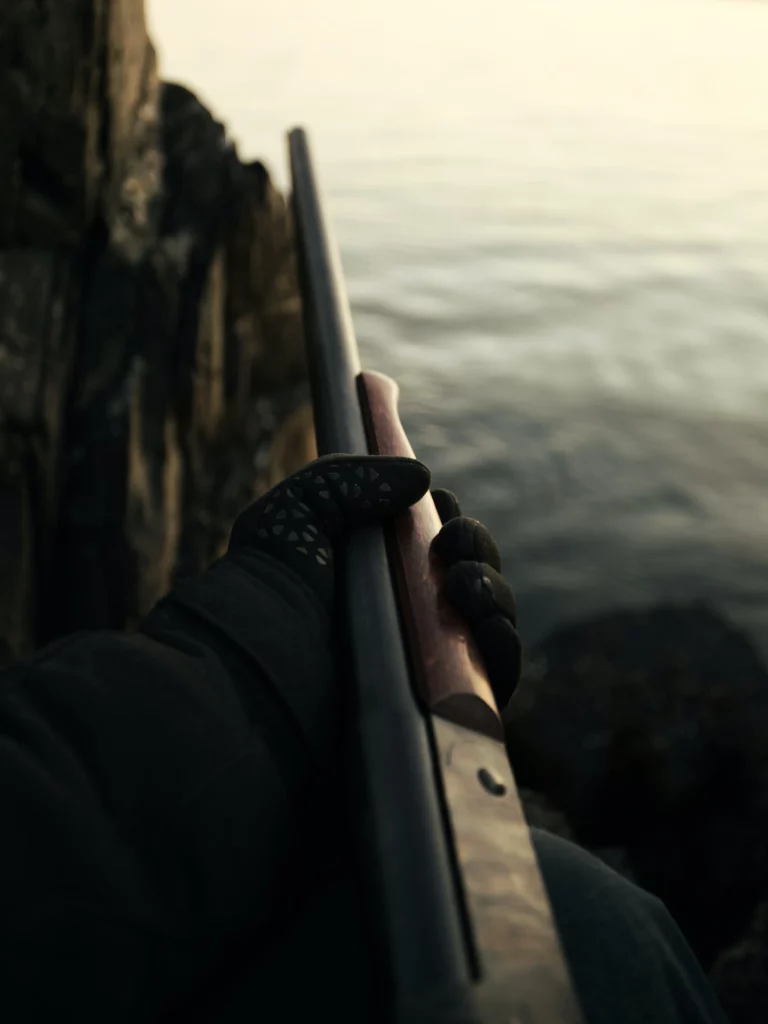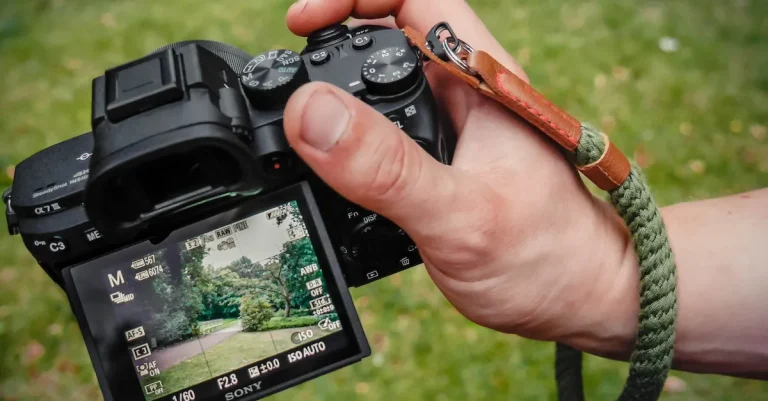Where Did The Texas Chainsaw Massacre Happen?
With its shocking horror story of a chainsaw-wielding killer, The Texas Chainsaw Massacre has cemented itself as one of the most infamous slasher films in cinematic history since its 1974 debut.
If you’re short on time, here’s a quick answer to your question: Despite its title, the movie was not based on true events, and filming location took place in Austin, Texas, not the more rural settings portrayed in the film.
In this comprehensive article, we’ll explore the origins of the film, how the story and title came about, clarify misconceptions about its inspiration, and provide details on where filming actually occurred versus where the movie was set.
Origins and Creation of The Texas Chainsaw Massacre
The Texas Chainsaw Massacre, one of the most iconic horror films of all time, has a fascinating history. Its origins can be traced back to a number of factors that came together to create a truly terrifying cinematic experience.
From the real-life inspiration behind the story to the development of the screenplay and casting choices, let’s take a closer look at how this horror classic came to be.
Inspiration from Ed Gein murders
The Texas Chainsaw Massacre drew inspiration from the gruesome crimes of Ed Gein, a notorious serial killer from Wisconsin in the 1950s. Gein’s story, which included murder, grave robbing, and even making furniture and clothing from human skin, shocked the nation.
His crimes and the macabre details surrounding them served as a chilling backdrop for the creation of the film’s antagonist, Leatherface.
While the events of The Texas Chainsaw Massacre are fictional, the film’s creators drew heavily from Gein’s crimes to craft a truly terrifying and unsettling narrative. The deranged family in the film, known as the Sawyer family, shares similarities with Gein’s troubled upbringing and disturbed psyche.
Screenplay and title development
After the initial idea for the film was conceived, the screenplay for The Texas Chainsaw Massacre went through several iterations. The script, written by Kim Henkel and Tobe Hooper, underwent numerous revisions to create a story that would both shock and captivate audiences.
The title of the film itself underwent some changes during the development process. Originally titled “Head Cheese,” a term used to describe a type of sausage made from the head of a pig, the creators eventually settled on “The Texas Chainsaw Massacre.”
This title perfectly captured the brutal and visceral nature of the film, leaving little doubt as to the horrors that awaited viewers.
Casting of Gunnar Hansen as Leatherface
One of the most iconic and memorable aspects of The Texas Chainsaw Massacre is the portrayal of Leatherface by Gunnar Hansen. Hansen’s casting as the chainsaw-wielding killer was a stroke of luck, as he was initially hired to work behind the scenes as a production assistant.
However, when the original actor who was supposed to play Leatherface dropped out, Hansen stepped in and brought a unique intensity to the role. His towering presence and physicality, combined with his ability to convey both fear and vulnerability, made Leatherface a truly terrifying and complex character.
The casting of Hansen as Leatherface proved to be a key factor in the success of the film, as his performance continues to be praised by horror fans and critics alike.
For more information on the origins and creation of The Texas Chainsaw Massacre, you can visit IMDb or History.com.
Misconceptions About the Film’s Connection to True Events
When it comes to the iconic horror film, “The Texas Chainsaw Massacre,” there are numerous misconceptions surrounding its connection to real events. While the movie has undoubtedly left a lasting impact on audiences, it is important to separate fact from fiction.
Claims of based on real killings
One of the most persistent misconceptions about “The Texas Chainsaw Massacre” is that it is based on true events. This belief stems from the film’s opening disclaimer, which states that it is based on a true story.
However, this disclaimer is intentionally misleading and was included for marketing purposes. In reality, the plot of the film is entirely fictional and not based on any specific real-life events.
It is worth noting that there have been real-life serial killers, such as Ed Gein, who have inspired elements of the film. Ed Gein, known as the “Butcher of Plainfield,” was a notorious murderer and grave robber who inspired various horror films, including “The Texas Chainsaw Massacre.”
However, the film’s plot and characters are not direct representations of Gein’s crimes.
The reality of plot being fictional
Contrary to popular belief, “The Texas Chainsaw Massacre” is a work of fiction created by director Tobe Hooper. The characters, including Leatherface, the chainsaw-wielding antagonist, are purely fictional creations.
The film’s plot revolves around a group of friends who encounter a family of cannibals in rural Texas, which is not based on any real events.
While the film’s gritty and realistic style may have contributed to the misconception that it is based on true events, it is important to remember that horror movies often blur the line between reality and fiction to enhance the audience’s experience.
How marketing fed into unproven rumors
The marketing campaign surrounding “The Texas Chainsaw Massacre” played a significant role in fueling the rumors of the film’s connection to real events. The inclusion of the “based on a true story” disclaimer, along with the film’s gritty documentary-style approach, created an aura of authenticity that captured the audience’s attention.
Furthermore, the film’s initial release was accompanied by a series of promotional materials that further blurred the line between fact and fiction. These marketing tactics, while effective in generating buzz and intrigue, ultimately contributed to the misconceptions surrounding the film’s connection to real events.
It is important to approach horror movies like “The Texas Chainsaw Massacre” with a critical eye and recognize that they are works of fiction designed to entertain and provoke fear. While the film may have been inspired by real-life elements, it is not a direct retelling of any specific events.
Understanding the distinction between fact and fiction is crucial to appreciating the artistry and impact of the horror genre.
Actual Filming Location and Setting
The iconic horror film, The Texas Chainsaw Massacre, may have left audiences questioning where exactly the gruesome events took place. While the plot is set in rural Texas, it is important to distinguish between the actual filming locations and the story’s setting.
Use of farmhouse near Round Rock
One of the primary filming locations for The Texas Chainsaw Massacre was a farmhouse located near Round Rock, just north of Austin. The dilapidated and eerie appearance of the house perfectly matched the atmosphere the filmmakers were aiming for.
Today, the farmhouse is a popular tourist destination for horror film enthusiasts, who flock to see the location where the chilling events unfolded.
Additional shooting around Austin
While the farmhouse near Round Rock was the main filming location, additional scenes were shot in various locations around Austin. The city’s diverse landscapes provided the filmmakers with the opportunity to capture different elements of the story.
From abandoned buildings to vast open fields, the surroundings added to the overall sense of dread and isolation portrayed in the film.
Plot set in rural Texas, not Austin
It is important to note that while certain scenes were shot in and around Austin, the plot of The Texas Chainsaw Massacre is set in rural Texas, not specifically in Austin. The filmmakers aimed to depict a remote and desolate environment, which is more representative of the vast countryside found throughout the state.
This setting adds to the sense of helplessness and terror experienced by the characters in the film.
For more information on the filming locations and the history of The Texas Chainsaw Massacre, you can visit the official website of the film at www.texaschainsaw.com.
The Film’s Long-Lasting Influence
The Texas Chainsaw Massacre, released in 1974, has had a profound and long-lasting influence on the horror genre. Its impact can be seen in various aspects of the film industry, from the creation of the slasher sub-genre to the continued popularity of remakes and sequels.
Impact on horror genre
The Texas Chainsaw Massacre introduced a new level of intensity and brutality to horror films. Its gritty and raw style, combined with its realistic portrayal of violence, shocked audiences and pushed the boundaries of what was considered acceptable in cinema.
The film’s success paved the way for a new wave of horror movies that embraced a more visceral and disturbing approach.
Furthermore, The Texas Chainsaw Massacre utilized innovative techniques such as handheld camera work and improvisational acting, which added a sense of realism and immediacy to the film. These techniques would later become staples of the horror genre, influencing countless filmmakers and shaping the way horror movies are made to this day.
Inspiration for slasher sub-genre
The Texas Chainsaw Massacre is often credited as one of the key inspirations for the slasher sub-genre. Its portrayal of a deranged killer, armed with a chainsaw, hunting down and terrorizing a group of young people set a template for many future slasher films.
The film’s iconic villain, Leatherface, became an enduring figure in horror cinema, with his mask made of human skin and his brutal methods of dispatching his victims. Leatherface set a new standard for horror movie villains, and his influence can be seen in other iconic characters such as Jason Voorhees from the Friday the 13th series and Michael Myers from Halloween.
Continued popularity with remakes and sequels
The Texas Chainsaw Massacre’s enduring popularity can be attributed, in part, to its numerous remakes and sequels. The original film spawned a franchise that has spanned over four decades, with multiple sequels and reboots.
Each new installment in the franchise has brought its own unique twist to the story, while staying true to the core elements that made the original film so terrifying. These films have kept the legacy of The Texas Chainsaw Massacre alive, introducing the story to new generations of horror fans and continuing to captivate audiences with its visceral and chilling narrative.
The impact of The Texas Chainsaw Massacre on the horror genre cannot be overstated. Its influence can be seen in the countless films that have followed in its footsteps, and its enduring popularity is a testament to its status as a true horror classic.
Conclusion
While the grim, chainsaw-fueled horror of The Texas Chainsaw Massacre left a lasting impact on film, the story itself was fictional and filming took place in common settings around Austin rather than the rural slaughterhouse backdrop it portrayed.
Regardless of where it happened, the movie broke new ground in the wider horror genre and kicked off the slasher sub-genre, leaving a legacy still felt in scary movies today.








